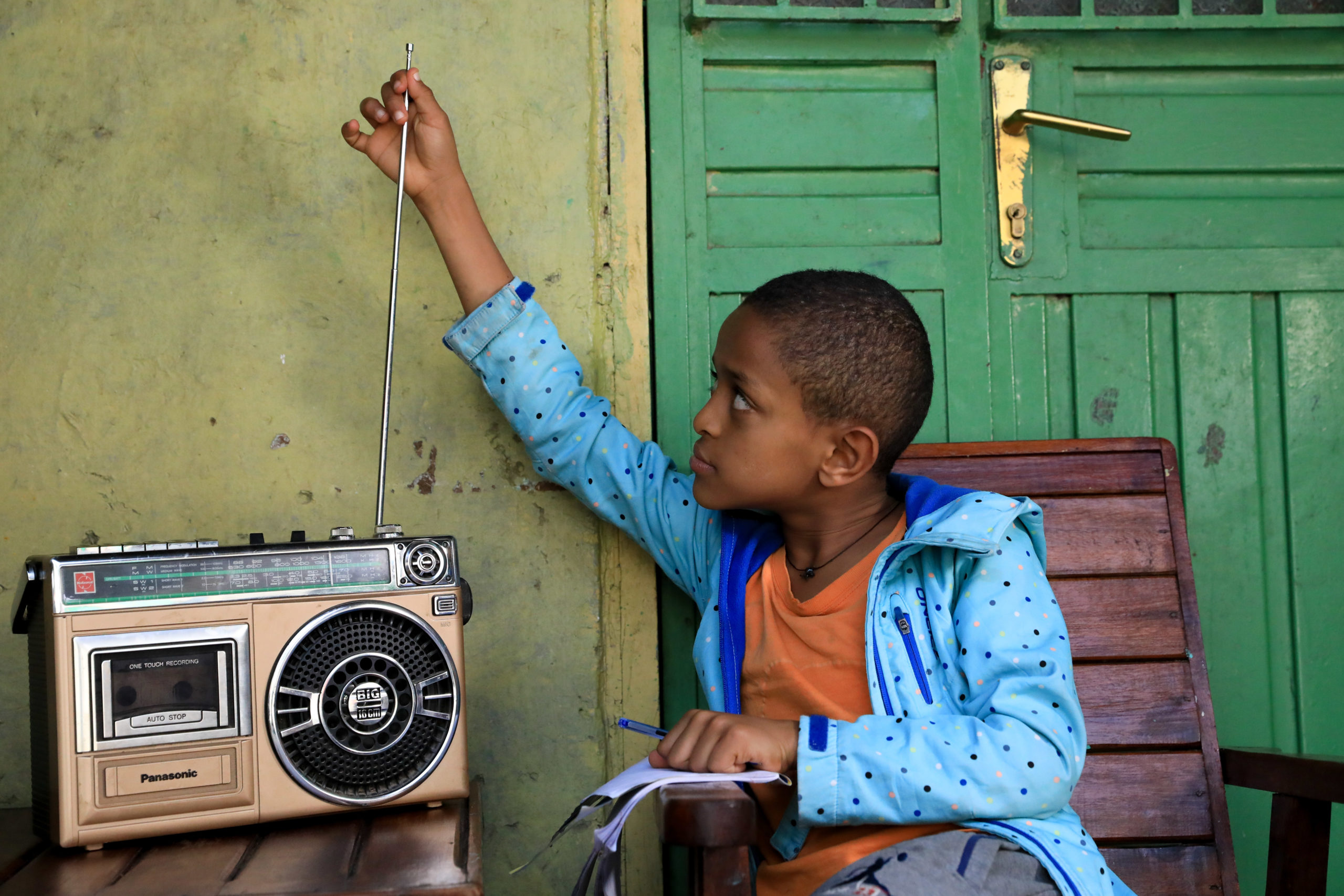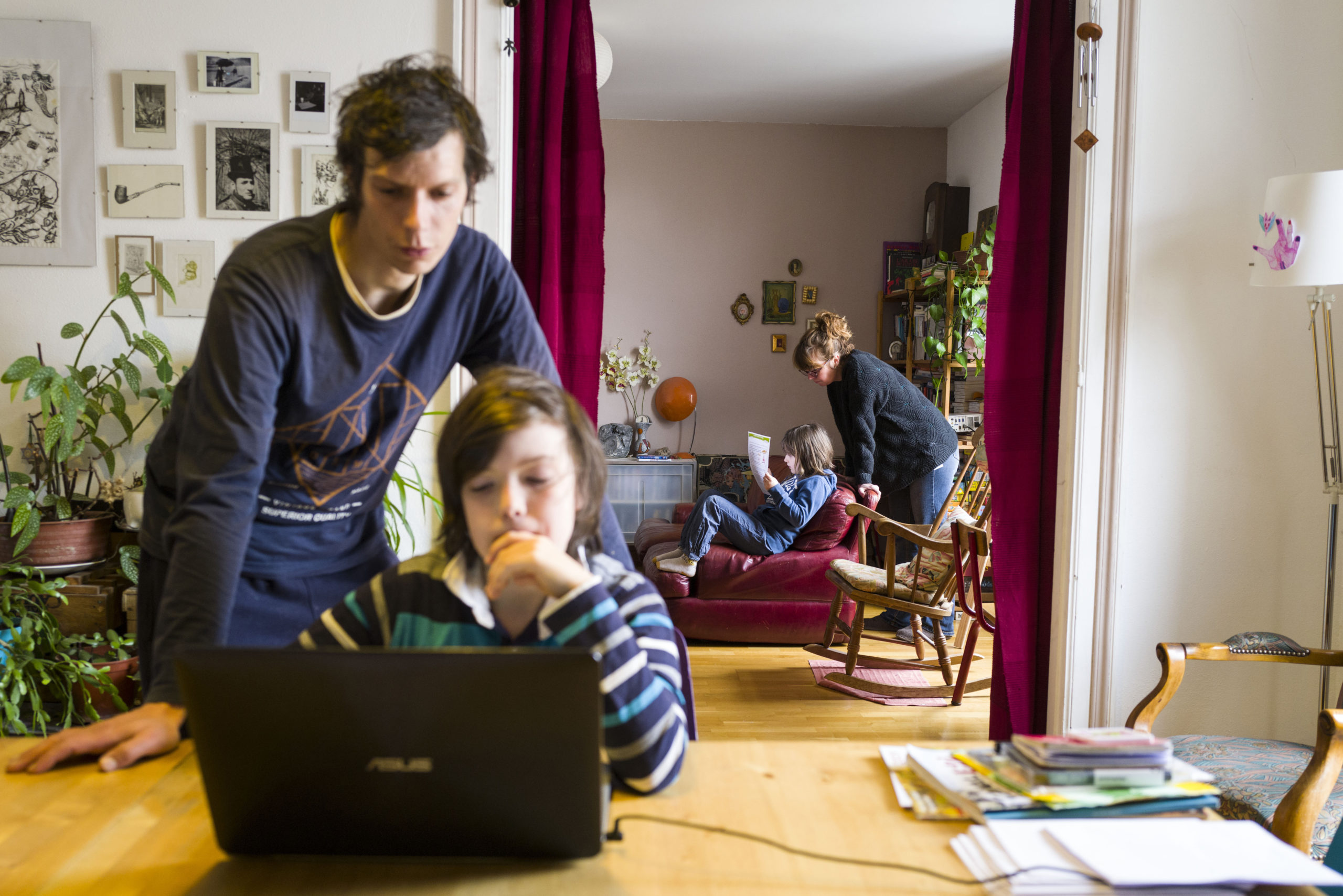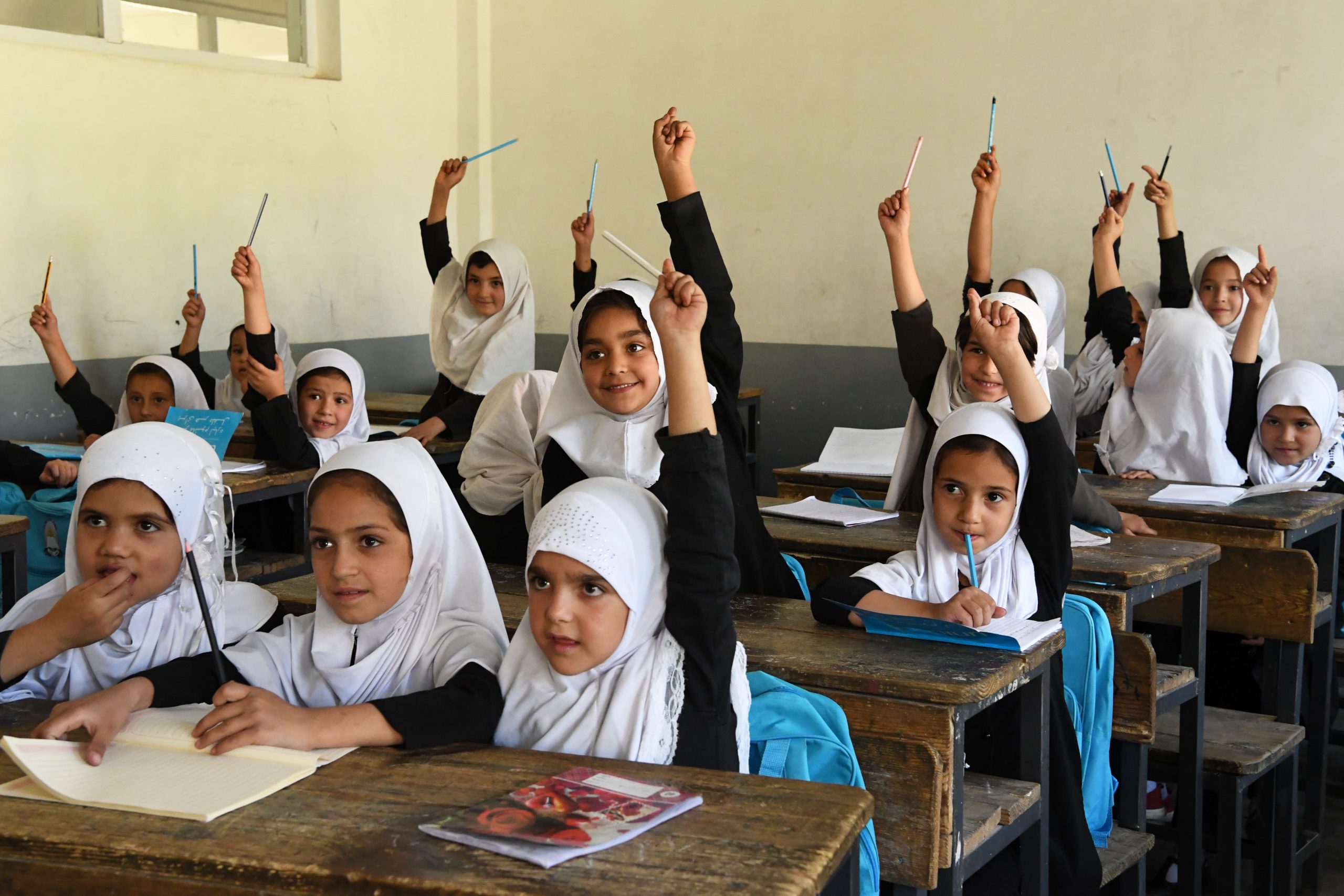COVID-19: Are children able to continue learning during school closures?
A global analysis of the potential reach of remote learning policies

In response to the unprecedented educational challenges created by school closures due to the COVID-19 pandemic, more than 90 per cent of countries have implemented some form of remote learning policy. This factsheet estimates the potential reach of digital and broadcast remote learning responses, finding that at least 463 million students around the globe remain cut off from education, mainly due to a lack of remote learning policies or lack of equipment needed for learning at home. This data primarily stems from the UNESCO-UNICEF-World Bank Survey on National Education Responses to COVID-19 School Closures (June-July 2020), as well as household microdata from sources like Multiple Indicator Cluster Surveys (MICS), Demographic and Health Surveys (DHS).
The actual number of students who cannot be reached is likely significantly higher than estimated in this factsheet, which reflects best-case scenarios based on policies that were implemented and the technologies available in households. In many situations, despite remote learning policies and the presence of the necessary technology at home, children may be unable to learn due to skills gaps among their teachers or a lack of parental support.
It is important to understand the characteristics and number of children who were not able to benefit from these remote learning policies so that the policies can be improved. By providing insights on which school children did not have access to digital or broadcast remote learning opportunities during school closures, this factsheet seeks to help policymakers make choices that will ensure more children can acquire an education during the COVID-19 pandemic and beyond.
How did countries provide education during school closures?
Overall, 94 per cent of ministries of education analyzed developed policies regarding the provision of at least one form of remote learning that involved digital and/or broadcast instruction, though only 60 per cent provided this type of policy for the pre-primary education level. Policies that provide remote learning opportunities at the pre-primary level are vital – recent estimates find that every dollar invested in increasing enrollment in pre-primary education returns $9 in benefits to society in the form of reduced repetition and dropouts in primary and secondary school, as well as increased lifetime earnings for individuals. In addition to improving remote access to pre-primary instruction, policies should also recognize that at this level, parental involvement is particularly important.
Across countries, the most common approach was digital instruction, which was used by 42 per cent of countries for pre-primary education, 74 per cent of countries for primary education and 77 per cent of countries for upper secondary education. Many countries have also developed broadcast curricula (television- and radio-based), especially for primary and lower secondary students.
What is the potential reach of different remote learning approaches?
Globally, TV-based remote learning policies had the potential to reach the highest proportion of students (62 per cent), which accounts for almost 930 million students worldwide; this suggests television has a significant role to play in delivering education during school closures, despite the fact that this medium doesn’t offer a convenient way to transmit course materials.
Which students are being left behind?
Globally, at least 31 per cent of students from pre-primary to upper secondary schools cannot be reached due to either a lack of policies supporting digital and broadcast remote learning or a lack of the household assets needed to receive digital or broadcast instruction. With at least 49 per cent, Eastern and Southern Africa had the highest minimum share of students who cannot be reached. Latin America and the Caribbean have the lowest share of students who cannot be reached – 9 per cent – but again, this does not mean we can conclude that 91 per cent of children were reached.
Students in rural areas consistently represent the vast majority of those who cannot be reached by any of the three remote learning modalities analyzed, irrespective of the country’s level of economic development. Overall, three out of four students who cannot be reached live in rural areas, but in lower-income countries the percentage is even higher. In addition, students from the poorest 40 per cent of families account for a disproportionately high percentage of those who cannot be reached. In low-income countries, they represent 47 per cent of those who cannot be reached, while in middle-income income countries they constitute 74 to 86 per cent of those who cannot be reached. Boys and girls were almost evenly represented among students who cannot be reached.


